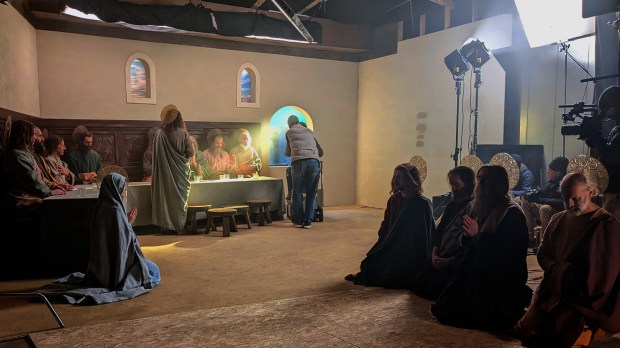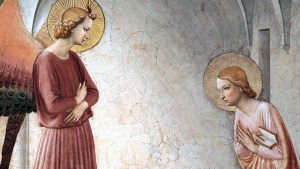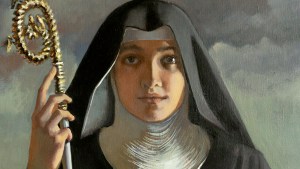Florence is witnessing a new masterpiece of art, mysticism, and digital technology: This February 18, feast of Blessed Angelico, one of his most sublime works will be “brought to life.”
Fra Angelico’s Communion – The Living Tableau is a filmic re-creation in which Armondo Linus Acosta, American-born award-winning film director, screenwriter, and cinematographer, brings to life the power, beauty, and intimacy of Renaissance master Fra Angelico’s “Communion of the Apostles.”
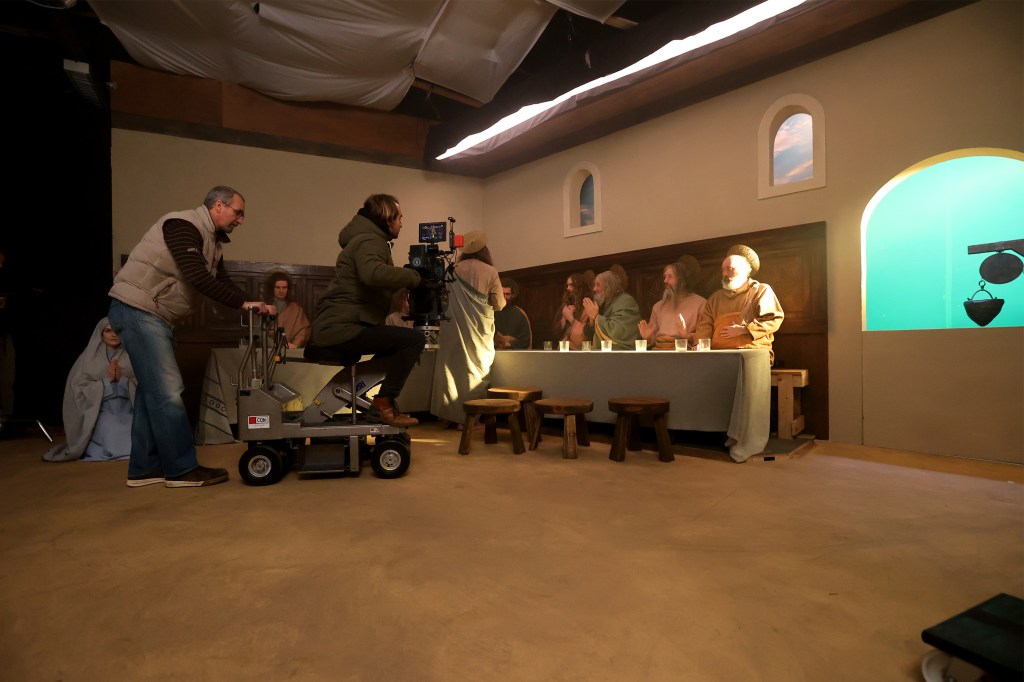
The work was presented Friday at the Convent of San Marco (today a museum), the church and cloister where the Dominican friar lived, worshiped, and painted in Florence.
Fra Angelico was beatified and later named the patron saint of artists by Pope John Paul II in the 1980s.
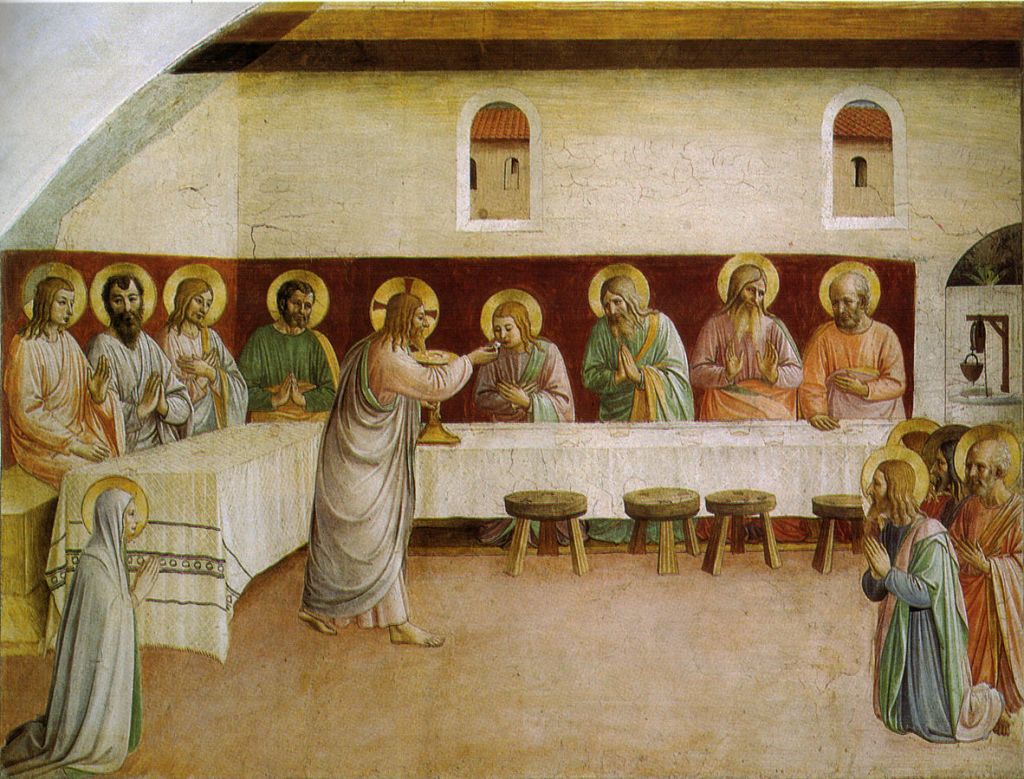
A breathing experience of faith
Acosta, mentor and founder of the Academy of Film and The Arts, based in Ghent, Belgium, recreates the Renaissance fresco with its subtle and deeply devotional narrative about Jesus giving Communion to the Apostles. The work becomes on film a living, breathing experience of the profound themes of worship, consecration, and sacrament.
As an artist and filmmaker, Acosta has spent his entire life exploring the theme of beauty and devotion, most recently with The Last Supper: The Living Tableau, an exquisite and exacting filmic re-creation of Leonardo da Vinci’s “The Last Supper” (1495-1498), created close to 60 years after Fra Angelico’s work.
In addition to being master works, created by the geniuses of the time, both the da Vinci and Fra Angelico pieces focus on the central theme of faith, communion, and the mystical state of grace of Jesus. The film, with a running time of 10 minutes, has no dialogue and is set to Rossini’s Stabat Mater – “Quando Corpus Morietur.”
A quirk of fate
The Fra Angelico project began with a chance experience. In an interview with Aleteia after the press conference, Maestro Acosta explained:
“It all started with a quirk of fate you might say, curiosity, a happening: I found myself in the Museum San Marco in Florence and in front of the work of Fra Angelico. I was so moved by the simplicity of it, in comparison to the grandeur of other artists of the time. I thought, ‘Let’s do this, let’s make it yet another fresco and turn that into reality.’”
And it turned out to be the same amount of work as the Leonardo Last Supper tableau, underlines the director, because “each Apostle has to receive the host and there’s movement, choreography, which all had to be considered carefully.”
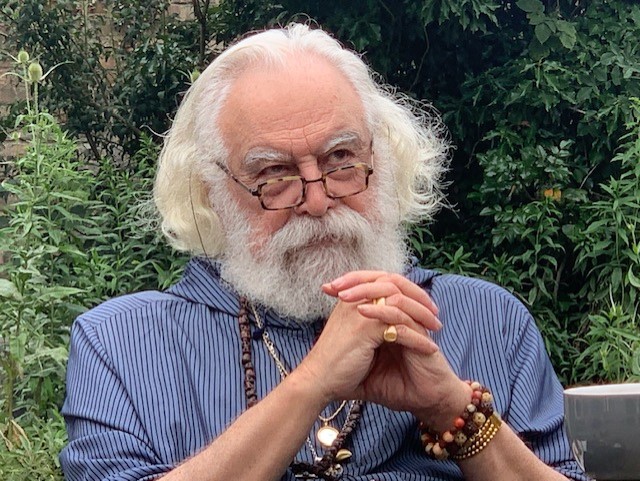
The“Communion of the Apostles,” also known as “The Institution of the Eucharist,” 200 x 248 cm (78 x 97 inches) in size, is part of a series of frescoes depicting the Gospels, painted by Fra Angelico in the 1440s in the cells where the monks slept. It is located on the wall of cell number 35, facing the cloister of Sant’Antonino, in the northern corridor of the former Friars’ Dormitory.
The presence of Mary
Most unusually in the history of art, and in the work of Fra Angelico, is the presence of the Mother Mary in a communion scene with the Apostles. Here, she kneels in the foreground.
“Absolutely unprecedented and of extraordinary spiritual and symbolic value is the presence of the Virgin genuflected at the left end, who, in Maestro Acosta’s film, comes to life in a character of extraordinary and truly prodigious beauty, to whom Jesus casts his last glance,” explains Professor Angelo Tartuferi, Director of the San Marco Museum.
In both, the cell fresco and Acosta’s digital artwork, Mary, historically referred to as the Queen of the Apostles and the Queen of Martyrs, is truly a mystical, ephemeral presence — a figure who is there and not there, and perhaps not even seen by the apostles “physically.”
As a result, Mary does not receive Communion, yet it is her omnipresent love and grace, her spiritual presence, that is clearly felt profoundly by the Apostles, and Jesus, at the moment of the First Communion.
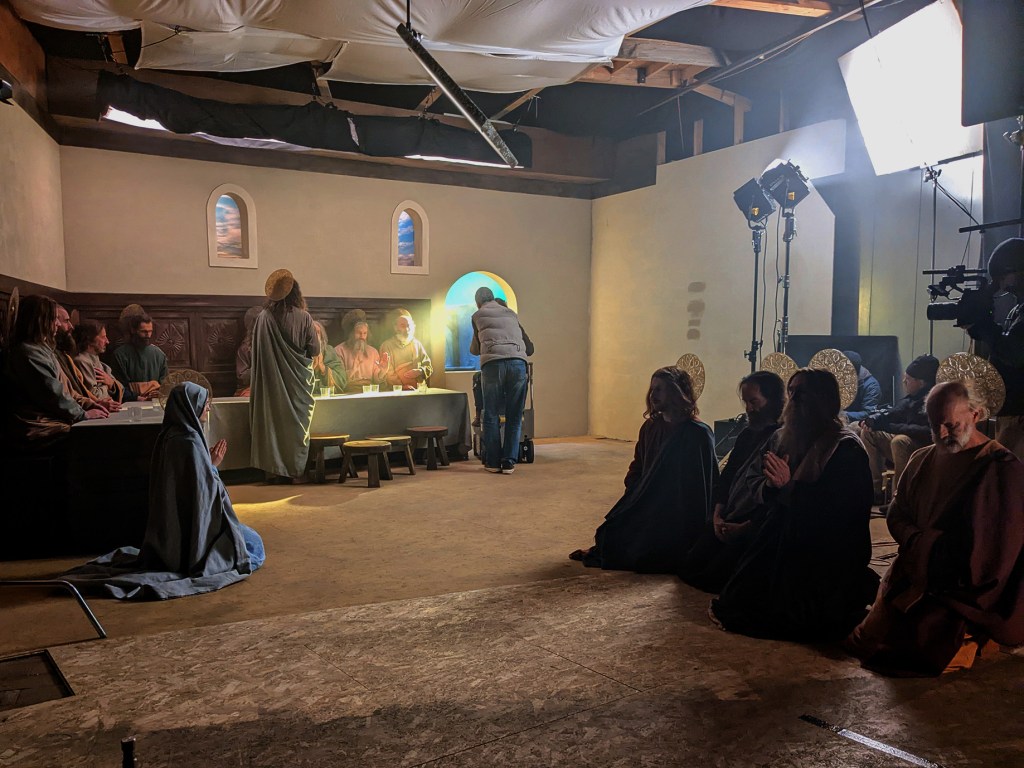
A “vocation”
“I personally love the concept of being able to show something that is alive in a mystical sense, in a devotional sense. This way you see them move, they’re breathing; you see the host in Jesus’ fingers and that is powerful. Powerful,” says Acosta.
“I think it’s necessary now, so that these realities are not so abstract, underlines the director. “These masterpieces, recreated on film, can be in an infinite number of museums at the same time, where people can come and have their own experience, have access to beauty that might otherwise be inaccessible.”
Two revelations
Before concluding his interview with Aleteia, Maestro Acosta makes two revelations: his next artwork will be on Michelangelo’s “La Pietà.”
“Florence is the home of the art world,” he explains. “There are works of art everywhere, but not in the quantity and quality and beauty of Florence.”
Therefore, he concludes by sharing a confidence with Aleteia: “I have decided to die in Italy.”
